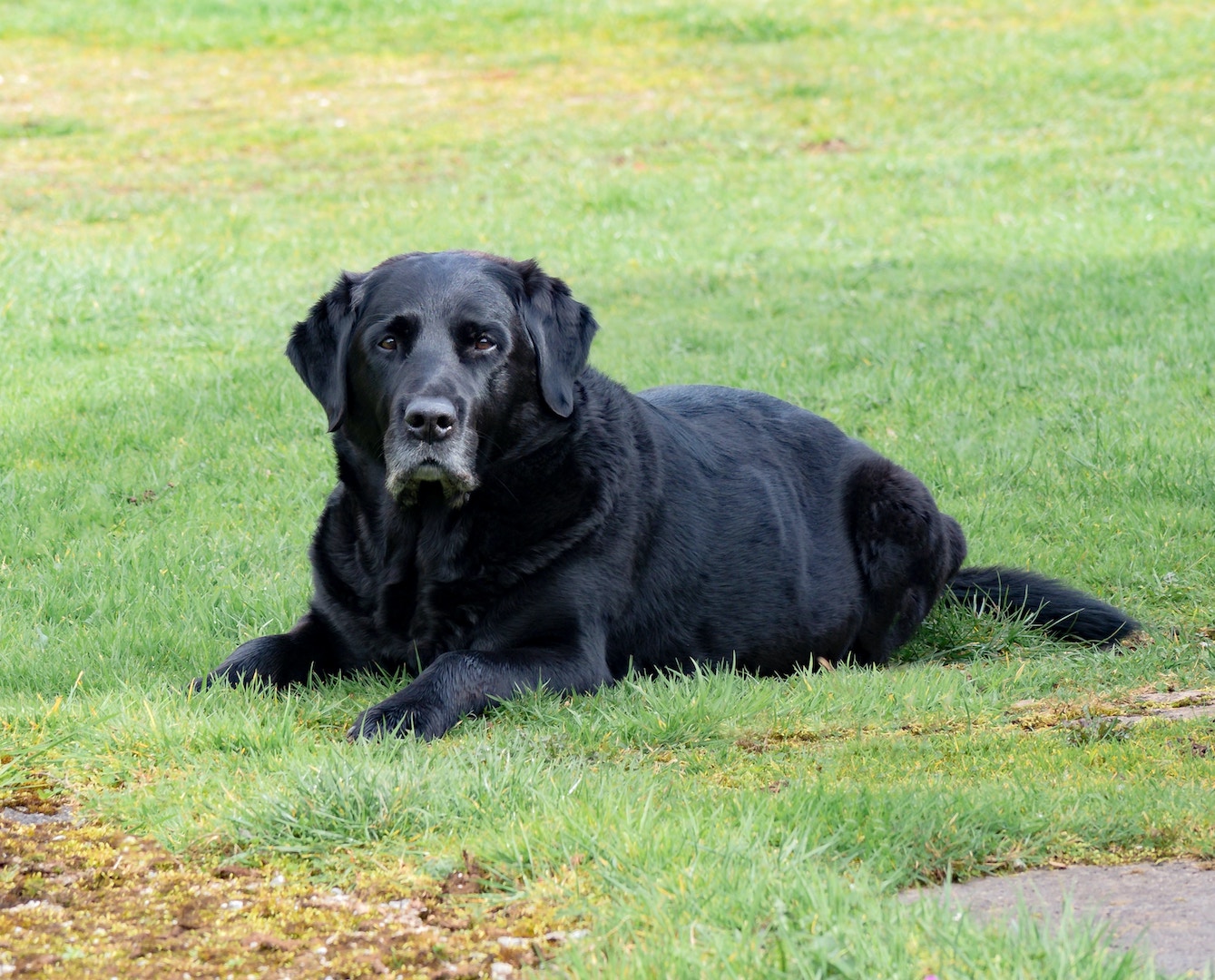TEDxYouth@MileHigh Speaker Nicole Garneau offered us some of her insight on her experience as a speaker at last month’s event.
I put on my headphones, took a good hard look in the floor to ceiling mirror of the dressing room I had holed myself up in at the Ellie Caulkins Opera House, pressed play (playlist title “Nikki Get Psyched Up”), and danced. For an hour.
That was the lead up to my TEDx talk I gave at the TEDxYouth@Milehigh event in April 2014. It was the only way I could dispel the obscenely high levels of adrenaline I was barely able to manage and which were wreaking havoc on me (couldn’t eat, couldn’t sleep, and couldn’t think!). And then it was go time.
Bright lights blinded me as I appeared to interact with crowd, the 2,200 faces that I could not see but I hoped were engaged and excited about the story I was sharing. Could we prove fat was the sixth taste? We could try, with the right scientists, the right study participants and the right lab. Here and there I looked at the clock, but my brain could not process if I was on or wildly behind, so I kept calm and talked on. Then I hit the transition point of the talk to expose the biases around science itself—who scientists are, who has access to science, and how science itself is done. The crowd’s energy built and I could feel my passion rising to meet it. Together we could eliminate stereotypes and bring the community and their creativity to scientific discovery. And then it was done. I could hear people clapping and cheering, I remembered to stay on the red carpet “target” and to not to walk off stage until the emcee came back out. Next thing I know, I was offstage getting a high five from Jason, and my husband was there with open arms for a hug.
My brain fully stopped working at that point. Did I really just do that? Did I stay on script? Did I miss anything? How long will this adrenaline be messing up my brain?!? I’m pretty sure it didn’t start working again until I realized I was at my favorite neighborhood restaurant, sitting across from my husband as he toasted me in celebration. Shortly thereafter a savory plate of cast-iron salmon with parmesan polenta was placed in front of me. It was time to digest the day, literally with the food before me and figuratively as I tried to recall even giving my talk. Crazy.
I’m no stranger to giving presentations. In any given year I might speak to anywhere from 6,000 to 10,000 people at talks and events sponsored by the Museum and partners across the state and the country. Trust me when I say that hands down, this 12-minute TEDx talk was the hardest talk in my life.
When you are on stage, the time FLIES by! There is no room for hemming and hawing, reading the audience and redirecting, or even taking a tangent to tell an anecdote if it is not part of the original script. This means your story, key points, and take-home core message all need to be succinct and well-practiced … and yet, it also needs to be conversational and approachable. The word that comes to mind is curated. The talk was thoughtfully curated, and with practice the goal was to deliver in a way that looked (I hope) effortless.
Extra special thanks to Brené Brown #vunerabilityhangover for coining and describing exactly the rollercoaster I came off of when it was all said and done. Following dinner I was exhausted. I was barely able to stay awake to watch Harry Potter and the Deathly Hallows, Part II. Then it was time to actually sleep, and I couldn’t, and didn’t. My adrenaline didn’t come down for 48 long and distressful hours. It took me a while still to trust myself and allow myself to believe that it went well, that it went great actually. Sitting here now, I know that’s the case, and I hope that my story inspired the students in the audience, that it inspires even more folks out there on the World Wide Web, to trust themselves, to ignore the naysayers and to be brave and challenge the way things are done, in science and in life, to innovate.


















